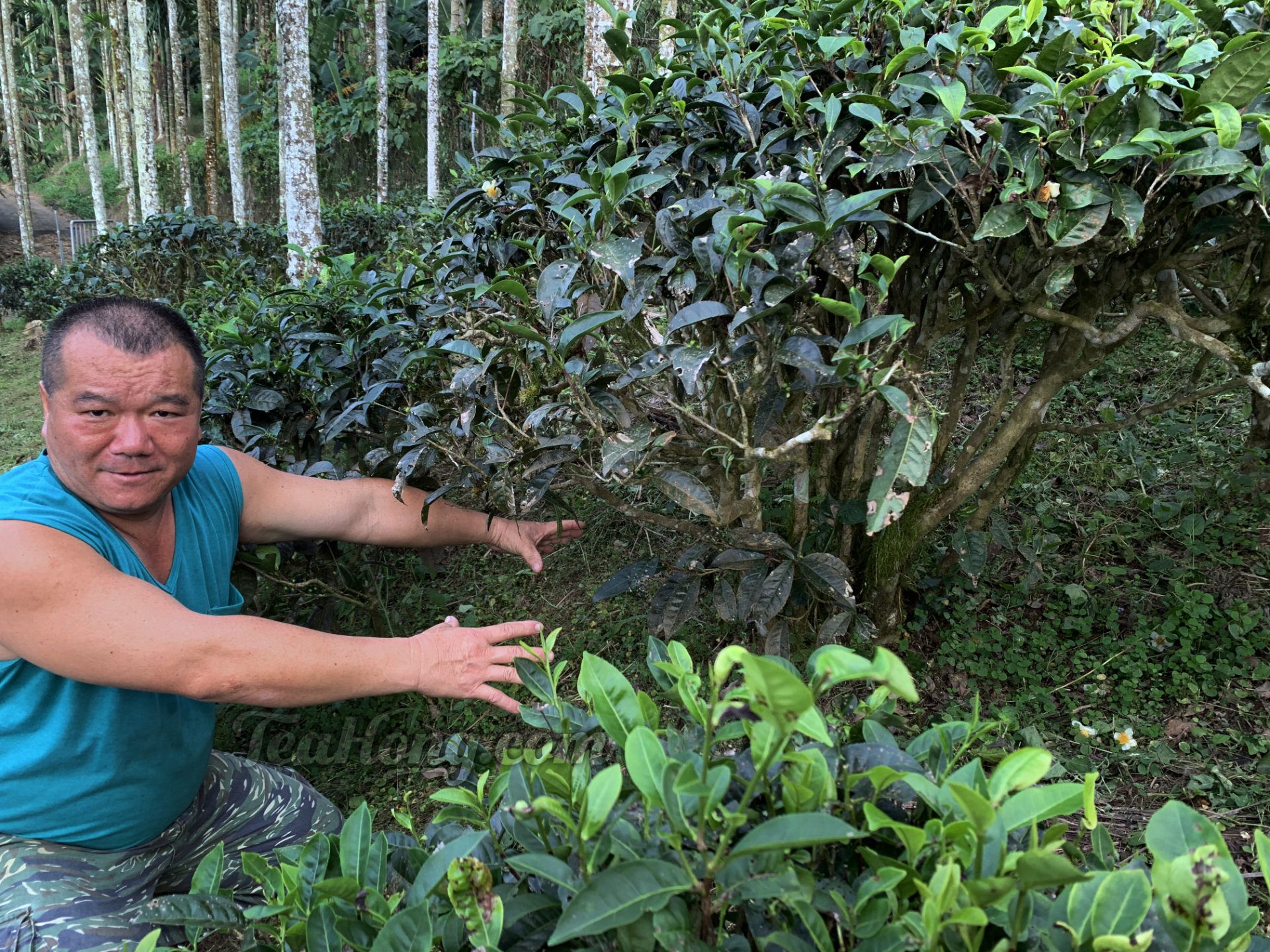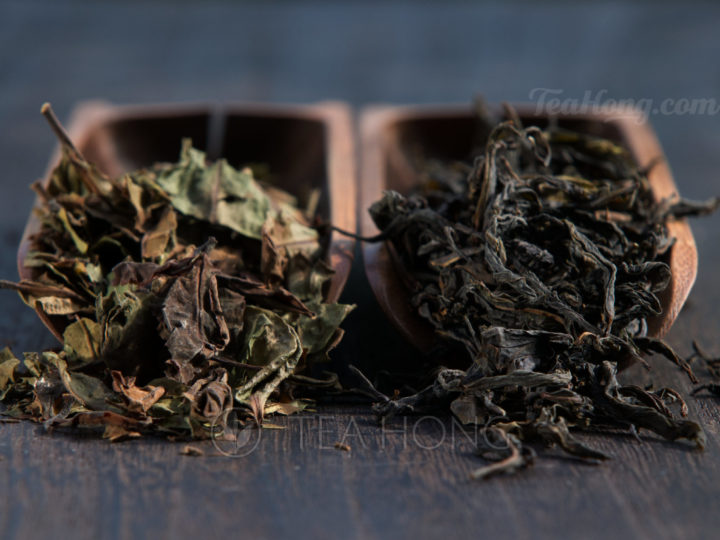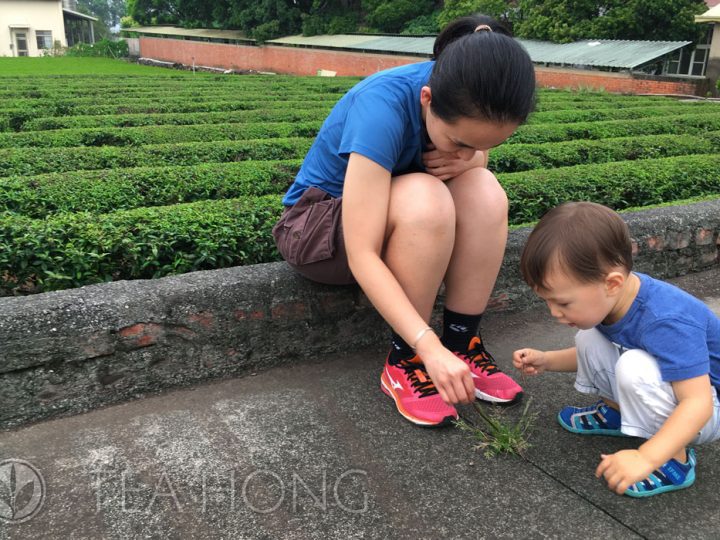

Near Yu Chi, where our Red Jade is produced, is the oldest “modern” tea factory in Taiwan, which is now converted into a demonstration museum. The Japanese built this with the locals during the 1930’s to modernise tea production. These are the old, but still working, tea rolling machines.
In the subtropical small island country of Taiwan, where most of the terrain is dominated by a central mountain range covered in emerald forests, within which it can get very cool after sunset. Climate also ranges somewhat from north to south, east to west. It is a result of the influence by the West Pacific currents to the east and that of Taiwan Straight to the west, with the high altitude in the centre as a great barrier.
That is why it is a tropical fruit paradise while still having its own fine dairies and a wide range of other agricultural products, and not to mention a great diversity of tea farms.
Although its tea history began with immigrants taking the crafts and plants across from China in the 17th century; and systematicalised by the Japanese in the early 20th century, Taiwan does own its current highly diversified and unique products to the ingenious work of the thousands of local agricultural scientists and tea workers through the few hundred years.
They even have a unique native species of Camellia — Camellia formosensis — with which locally developed cultivars produce some of the most distinctive teas in this world.


A large portion of Master Li’s Red Jade tea plants grow in the wild in one of the mountain slopes in Yu Chi. Since his disgust of chemicals, none are used in the plants. Bugs are a constant problem. He is talking about what would happen to a few of his ant infested bushes.
You may love or despise the locally originated sweet drink bubble tea, which is more about its sugary contents, or milk, or tapioca other than real tea, fine traditional whole leaf tea does have an important place in Taiwan. From old style charcoal boiled tea kettle to modernised gongfu tea ceramics, real tea strive in this modern country on rich people’s own rosewood tea infusion tables or in very affordable tea houses across the terrain, from wonderful seaside towns to cool high mountain villages, from small hideouts in bustling cities to renowned establishments in shaded boulevards, Taiwan tea is supported by a strong local demand in addition to its strong reputation abroad for export.
More about Taiwan tea:


Master Weng in his small spotless paochong processing workshop. Notice although there are machines involved, some basic tools, such as his withering baskets, are still in old style bamboo. Pinglin, New Taipei, Taiwan
The range of taste profiles of the productions from here is dazzlingly unique and perhaps the most diversified on earth: from soft, refreshing subtle Wenshan Paochong to bouquety Eternal Spring; from minty and spicy Hong Yu Deep White to elegantly delicate Shan Lin Xi oolong; from rich, flavourful Oriental Beauty to light, creamy Jinxuan; or if you prefer a deep baked Honey Concubine or Alishan Guanyin; perhaps a deeply oxidised Red Jade that is nicknamed the Fragrance of Taiwan; or rather a medium baked Cold Peak?
We haven’t even covered 50% of what this wonderful region has to offer yet. Let us know if you think there is any other Taiwan teas that we should carry here to make the range more representative of this most beautiful tea kingdom.
Comments (0)
Leave a reply
You must be logged in to post a comment.






